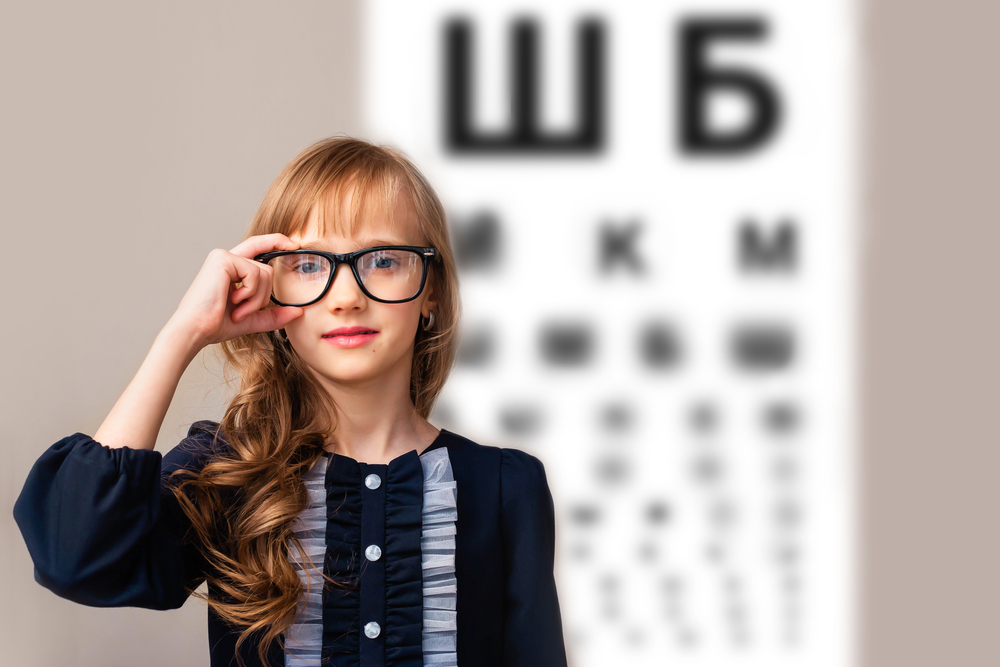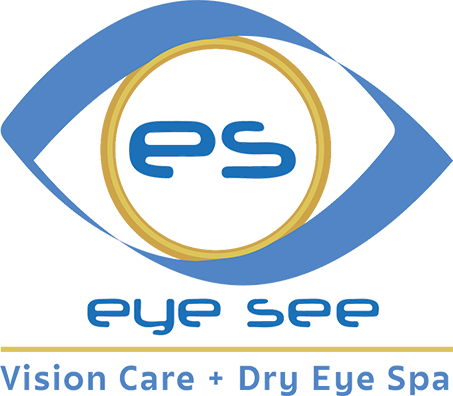
For many families in Kensington, Rockville, Potomac, and Bethesda, getting a pair of glasses seems like the natural first step when a child is diagnosed with nearsightedness (myopia). Glasses can certainly make the world clearer, but they don’t always protect a child’s long-term eye health. Understanding the limits of traditional correction is the first step toward finding better ways to safeguard your child’s vision for the future.
What Is Myopia?
Myopia is one of the most common vision conditions in kids today, and it’s becoming more widespread as screen time and near work increase. Myopia happens when the eye grows too long or the cornea is too steep, causing light to focus in front of the retina instead of directly on it. For children, this means they may see well up close but struggle to see the board at school, street signs, or distant object.
Risks of High Myopia
Mild myopia may seem like just an inconvenience for kids who need glasses to see clearly, but when prescriptions continue to rise, the risks become much greater. Children with high myopia are more likely to face serious eye health issues as they grow older, such as:
• Retinal detachment
• Glaucoma
• Early cataracts
• Myopic macular degeneration
This is why simply giving a child glasses doesn’t do enough to protect their long-term eye health.
Why Traditional Glasses Fall Short
Glasses correct blurry vision, but they don’t stop the eye from continuing to grow. As a child’s eyes elongate, prescriptions often increase year after year, which raises the risk of long-term complications. Glasses provide clarity, but they don’t slow down myopia’s progression.
More Effective Treatment with Myopia Management in Potomac
The good news is that modern treatments can do more than just sharpen vision - they can also help slow down the progression of myopia. Parents in Potomac, Rockville, Kensington, and Bethesda now have access to safe and effective options such as:
• Orthokeratology (Ortho-K): Specially designed contact lenses worn overnight reshape the cornea while you sleep, providing clear daytime vision without glasses or contacts. Studies show Ortho-K can also slow myopia progression.
• Atropine Eye Drops: Low-dose atropine drops, prescribed and monitored by an eye doctor, have been shown to reduce the rate of myopia progression in children.
• Dual-Focus Soft Contact Lenses: These lenses are worn during the day and feature a special design that not only provides clear vision but also signals the eye to slow down its elongation.
These treatments give families real solutions beyond glasses, helping children not only see better today but also preserve their eye health for the future.
Discover Advanced Care for Nearsightedness in Rockville
Glasses can make the classroom clearer, but they don’t protect against the long-term risks of worsening myopia. If your child has been diagnosed with nearsightedness, it’s important to explore advanced myopia management options.
If you’re ready to explore more effective options beyond glasses, schedule a pediatric eye exam at Eye See Optical to find the right myopia management plan for your child. Visit our office in Kensington, Maryland, or call (301) 881-6232 to book an appointment today.








